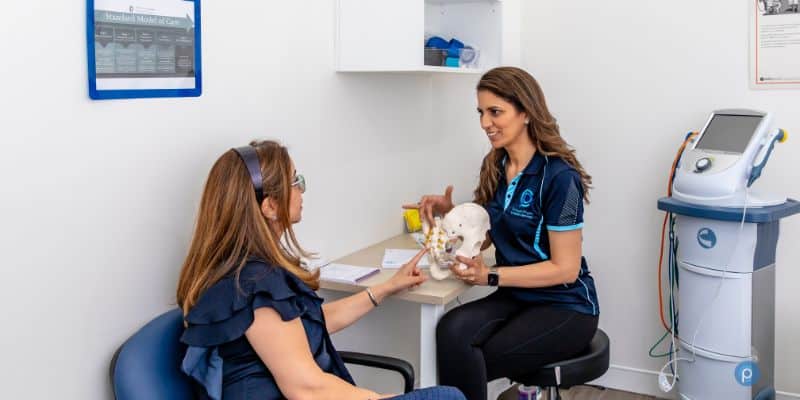Introduction: The Beginning of My Journey
I used to have a predictable 28-day menstrual cycle before my first pregnancy. Life felt organized, and my body followed its natural rhythm. But after delivering my first child, things started to change. A year post-delivery, my periods became irregular, a shift attributed to hormonal imbalances that, I was told, required minimal intervention. Little did I know, this was the beginning of a long, complex journey filled with unanswered questions.
The Struggles of Conceiving Again
Three years passed, and when my husband and I decided to try for a second child, we faced unexpected difficulties. I couldn’t help but wonder: Was the forceps delivery to blame? Were my hormones still out of balance? Despite multiple consultations with healthcare providers, no one had concrete answers. We even booked an IVF appointment, but in an unexpected twist, a day before the consultation, my pregnancy test turned positive.
A Complicated Second Pregnancy
This pregnancy was different. I had a C-section with a preterm delivery at 34 weeks. Six months postpartum, my periods returned with a vengeance—heavy, irregular, and excruciatingly painful. It felt like déjà vu but amplified. Despite numerous consultations, I received no clear diagnosis. The recurring verdict? Hormonal imbalance.
Escalating Symptoms and Frustration
The symptoms evolved: pelvic pain, painful intercourse, urinary incontinence, and a heavy feeling in my pelvis. Yet, every pelvic ultrasound came back normal. Frustrated, I even suggested endometriosis to the experts, but my concerns were dismissed.
The Search for Answers
A year into this ordeal, I had seen a urogynaecologist, a gynaecologist, a women’s health physiotherapist, and even made trips to the emergency department. Still, no diagnosis. I was told I had an overactive pelvic floor, and physiotherapy provided some relief from the vaginal heaviness. However, by this time, I had developed central sensitization, and the pain during bowel movements in the first two days of my period became unbearable.
The Turning Point
Finally, I was referred to a renowned specialist. The treatment began with monthly injections in my lower abdomen to suppress all hormonal activity. This led to new problems, and after ten injections, even my GP wanted to know the long-term plan. It was at this point that I gathered the courage to firmly present my endometriosis theory to the specialist.
I requested the specialist to conduct a DIE (Deep Infiltrating Endometriosis) scan. Once the reports came back, I was diagnosed with grade 4 endometriosis. In my next consultation, the specialist casually remarked, “You were right, you have endometriosis.”
The Right Treatment at Last
Finally, I was started on the appropriate medication, which worked. The relief was both physical and emotional—validation after years of doubt and dismissal.
Reflection
Looking back, I realize the importance of self-advocacy in healthcare. My journey was marked by delays, dismissals, and doubts, but it also taught me resilience and the critical need to trust my instincts. Endometriosis may have been a hidden enemy, but my voice became the most powerful tool in uncovering the truth.
Conclusion: Empowering Others
The whole point of sharing this story is to create awareness about how tricky it can be to get acknowledgment for your beliefs. This is where patient-centered care becomes crucial. At our practice, we emphasize listening to patients, acknowledging their beliefs, and involving them equally in treatment planning to achieve the best results.
This story doesn’t end here. If you’d like to know what happened next, read Part 2.



